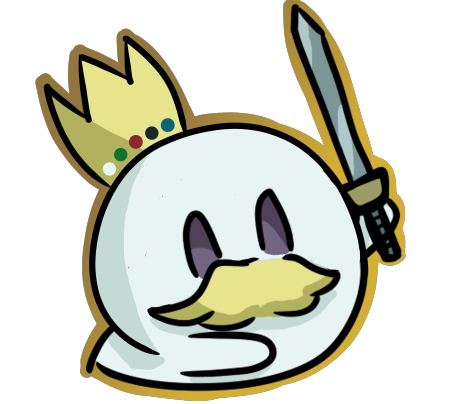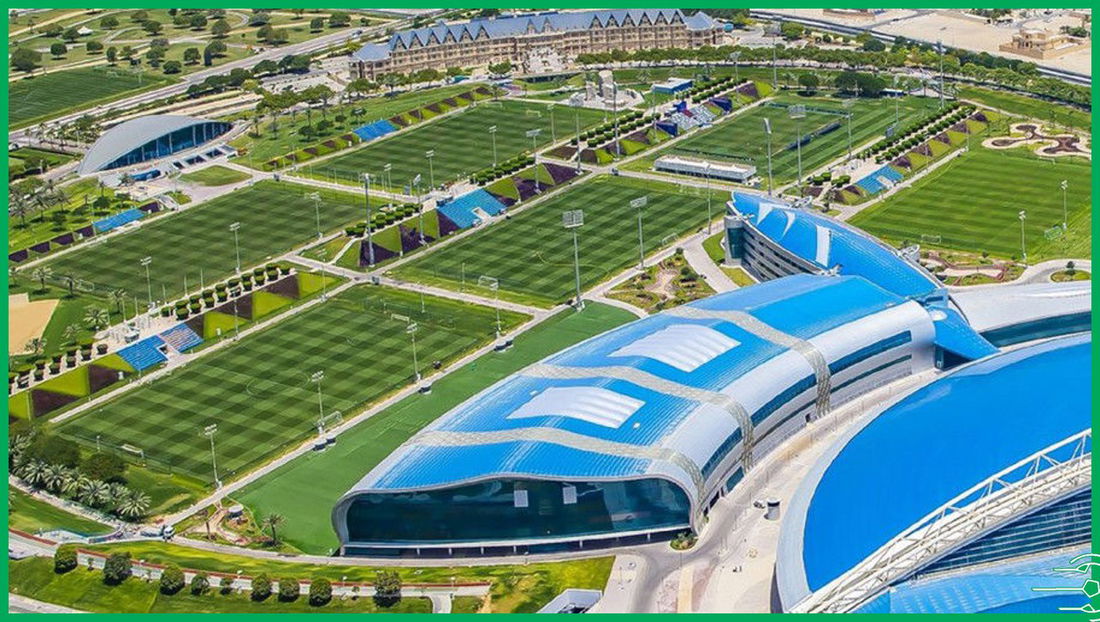Types of Training and Exercises to Improve in Society Football
Any goal we pursue requires effort, overcoming and dedication. In indoor soccer, this is no different. If we want to evolve, improve our skills and stand out, training needs to be an essential part of the journey.
Futsal, due to its dynamic and fast characteristics, requires physical fitness, technique and tactical intelligence. Each play is an opportunity to demonstrate precision, control and vision of the game. But for this to happen naturally on the field, continuous and disciplined training is necessary.
Training is not just a means to an end, but also an experience to be cherished. With each repetition, each technical adjustment, each strategy learned, the player improves. Progress may be slow, but each step taken brings a reward: more confidence, more security and more pleasure in playing.
Physical Training
Cardiorespiratory Endurance
Exercise: Agility Circuit with Finishing
- Description: Create a circuit that includes an agility ladder, cones for zigzagging, and at the end, a goal kick. Players must complete the circuit as quickly as possible while maintaining correct technique.
- Benefits: Improves cardiorespiratory endurance, agility and finishing ability under fatigue.
Strength and Muscular Explosion
Exercise: Plyometric Jumps with Ball
- Description: Players perform jumps over low obstacles while guiding the ball. After each jump, they must control the ball and continue to the next obstacle.
- Benefits: Develops explosive strength in the legs and improves ball control in dynamic situations.
Agility and Speed
Exercise: Cone Course with Variations
- Description: Arrange cones in different patterns (straight line, zigzag, circle). Players must dribble the ball through the cones, using different foot surfaces and alternating speed.
- Benefits: Improves agility, ball control and ability to change direction.
Technical Training
Ball Control
Exercise: Aerial Dominance and Passing
- Description: In pairs, one player throws the ball into the air, and the other must control the ball with different parts of the body (chest, thigh, foot) before making a return pass.
- Benefits: Improves aerial ball control and passing accuracy.
Pass and Throw
Exercise: Passes in Reduced Spaces
- Description: Form a small square with cones. Within this space, two players try to maintain possession of the ball while a defender tries to intercept.
- Benefits: Develops accuracy in short passes, movement without the ball and quick decision-making.
Finishing and Kicks
Exercise: Finishing with Time Pressure
- Description: The player receives the ball at the edge of the area and has only two touches to finish: one to control the ball and one to shoot at goal. A defender can be added to increase the difficulty.
- Benefits: Improves finishing ability under pressure and in limited spaces.
Tactical Drills
Positioning and Movement
Exercise: Positions Game
- Description: Divide the players into two teams. Each player is assigned to a specific area of the field and must remain in that area, focusing on passing and movement to maintain possession of the ball.
- Benefits: Teaches the importance of positioning and coordinated movement to maintain possession of the ball.
Marking and Pressure
Exercise: 2v2 Pressure in Reduced Space
- Description: In a delimited space, two pairs compete to maintain possession of the ball. The defending pair must apply constant pressure to recover the ball.
- Benefits: Develops marking, communication and teamwork skills in defense.
Compaction and Transition
Exercise: Defense-Attack Transition
- Description: Divide players into two teams. One team starts by attacking and, after a shot or loss of possession, must quickly reorganize to defend against an immediate counterattack from the other team.
- Benefits: Improves the ability to quickly transition between defense and attack, in addition to reinforcing the importance of defensive compactness.
Mental and Cognitive Training
Decision Making
Exercise: Heads Up Game
- Description: In a small-sided game, players are encouraged to keep their heads up while driving the ball, looking for passing options and anticipating opponents' moves.
- Benefits: Improves peripheral perception and decision making under pressure.
Emotional Control
Exercise: Simulation of Pressure Situations
- Description: Create scenarios where players face high-pressure situations, such as decisive penalty kicks or the need to defend a narrow advantage in the final minutes.
- Benefits: Develops emotional resilience and the ability to remain calm in critical moments of the game.
Conclusion
In indoor soccer, as in any sport, talent can be a starting point, but it is training that determines how far you can go. Therefore, enjoy every moment of practice, see each training session as an opportunity and never stop seeking improvement. The path may be difficult, but the satisfaction of seeing your own improvement makes it all worth it.
Incorporating these exercises into your training routine can provide comprehensive development of the skills needed for indoor soccer. Consistent practice and dedication are essential to achieving significant improvements in performance!














— Comments 0
, Reactions 1
Be the first to comment